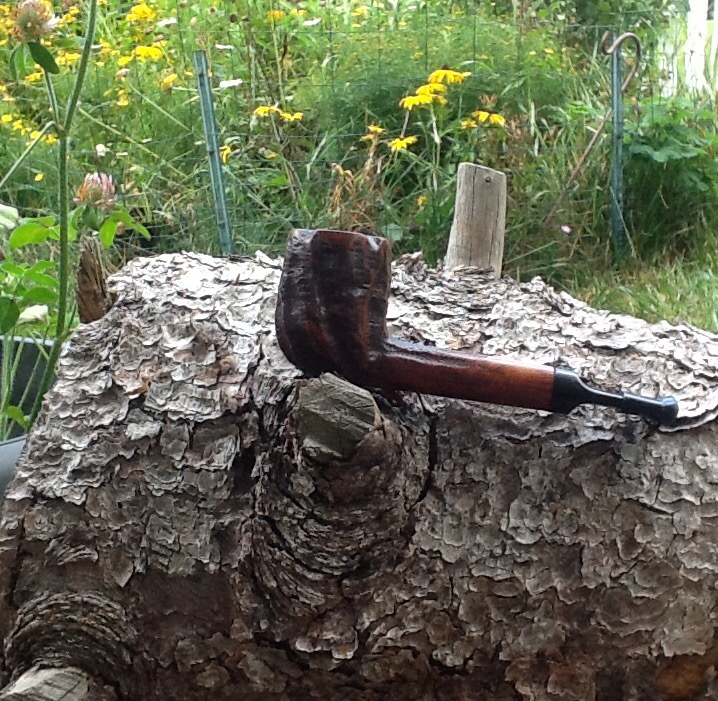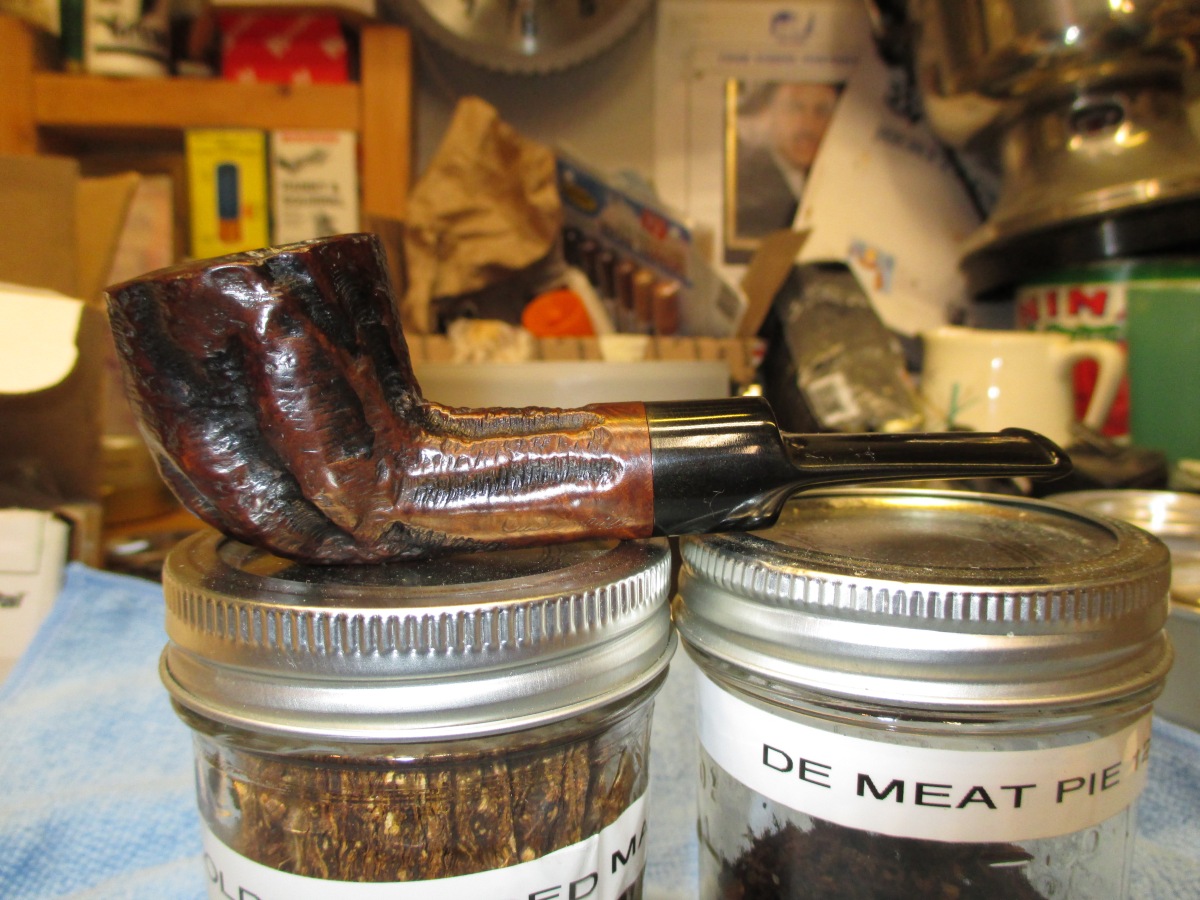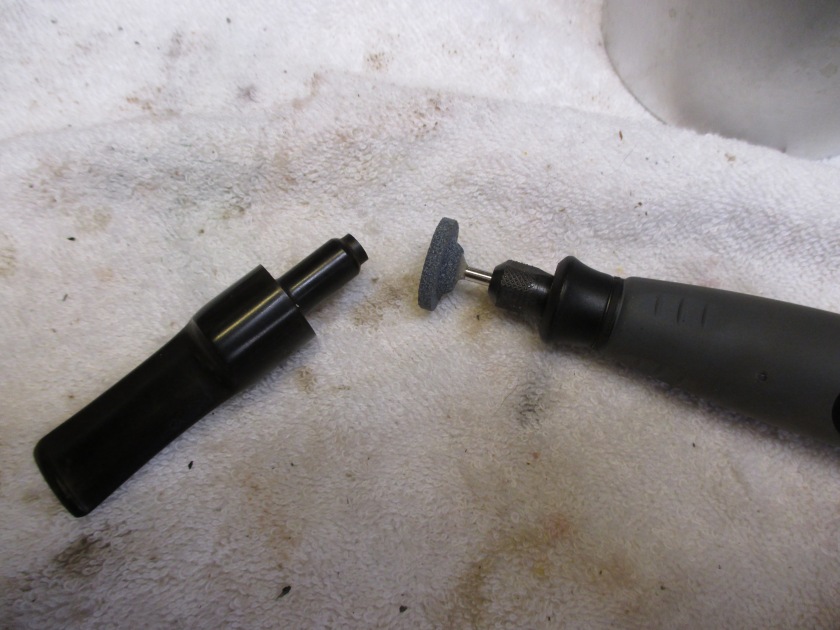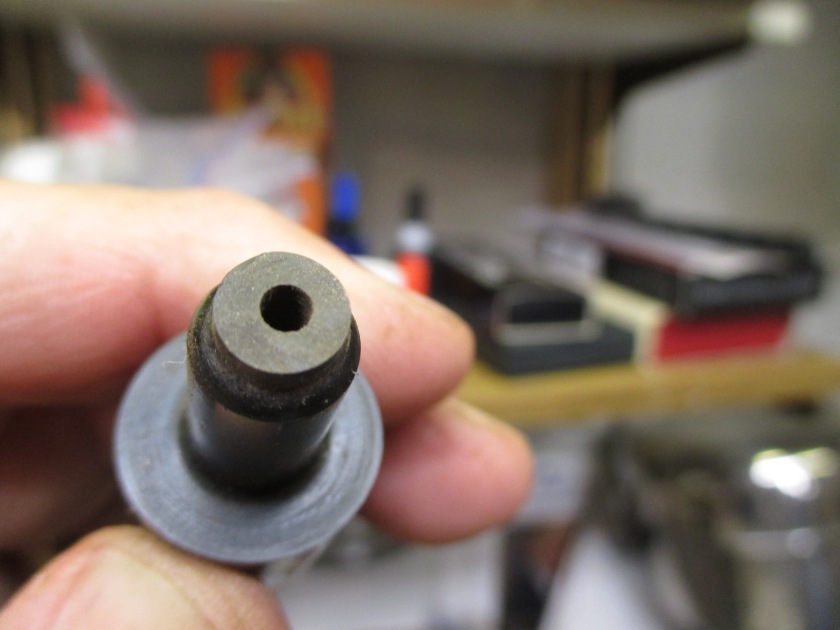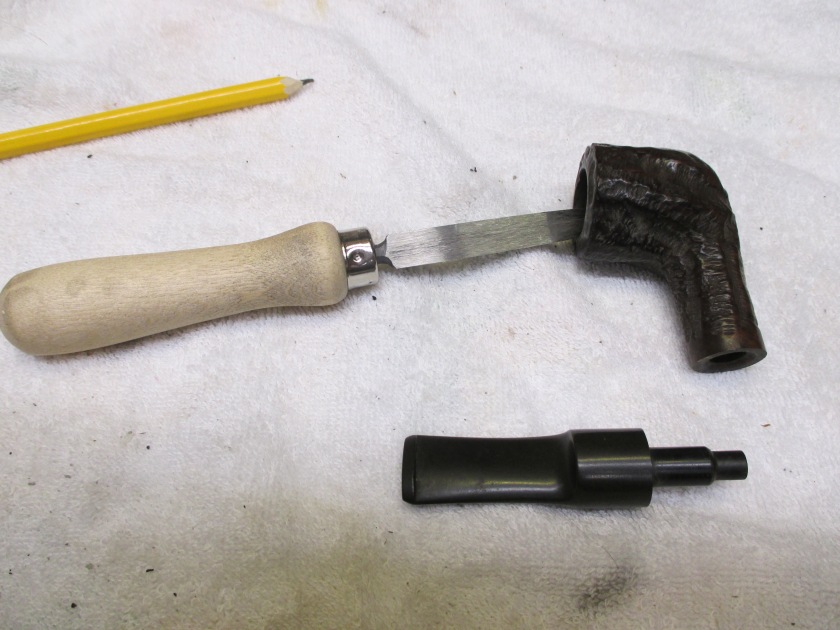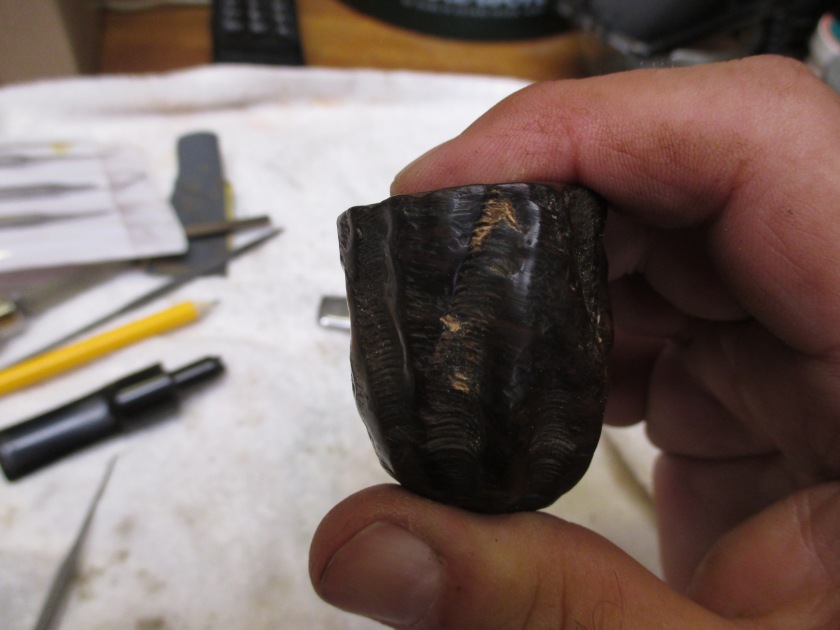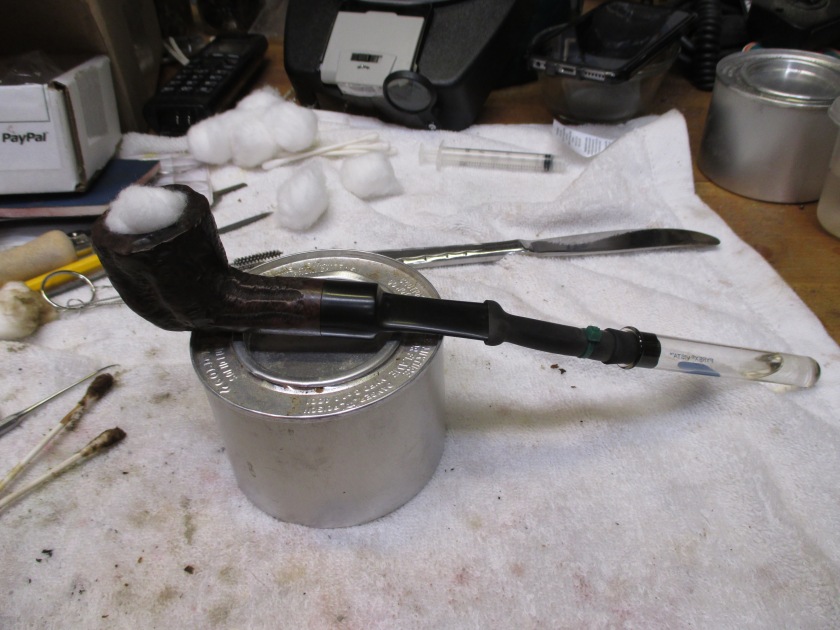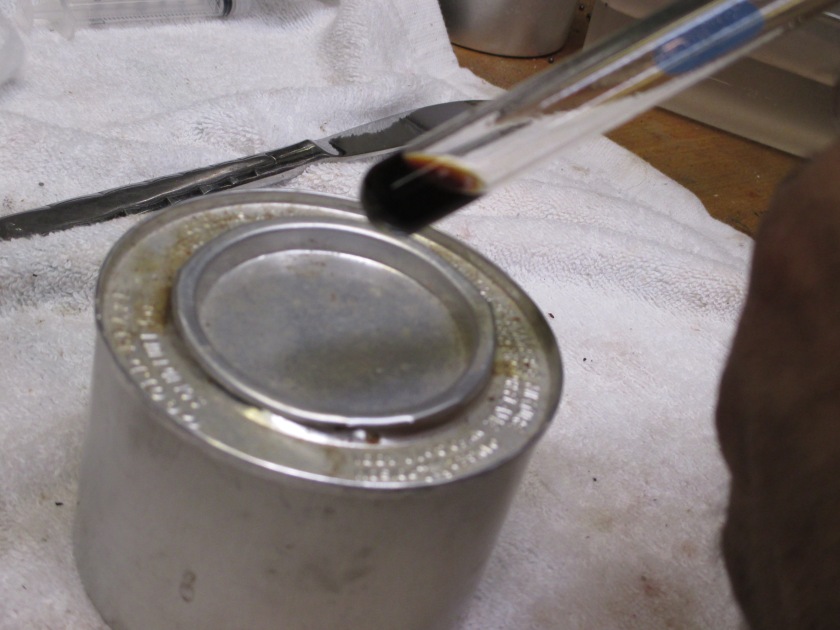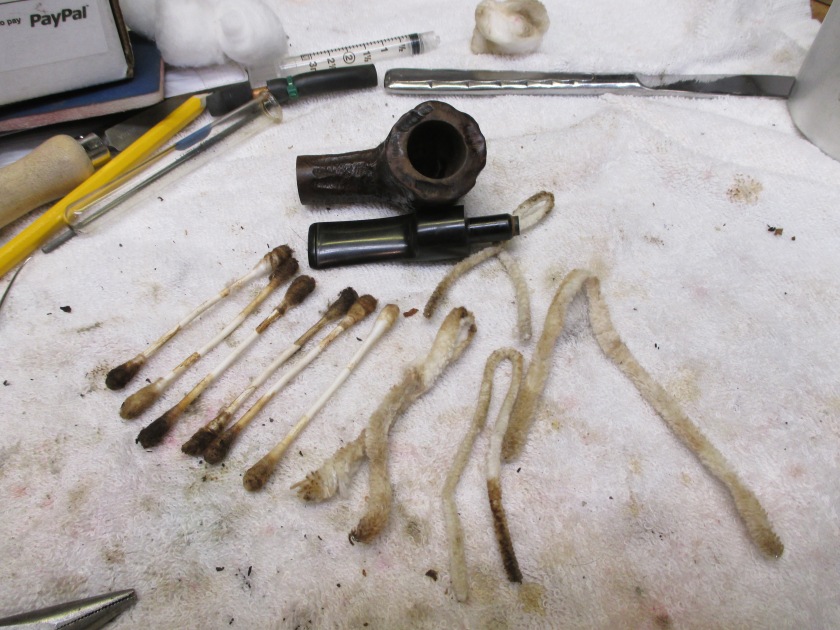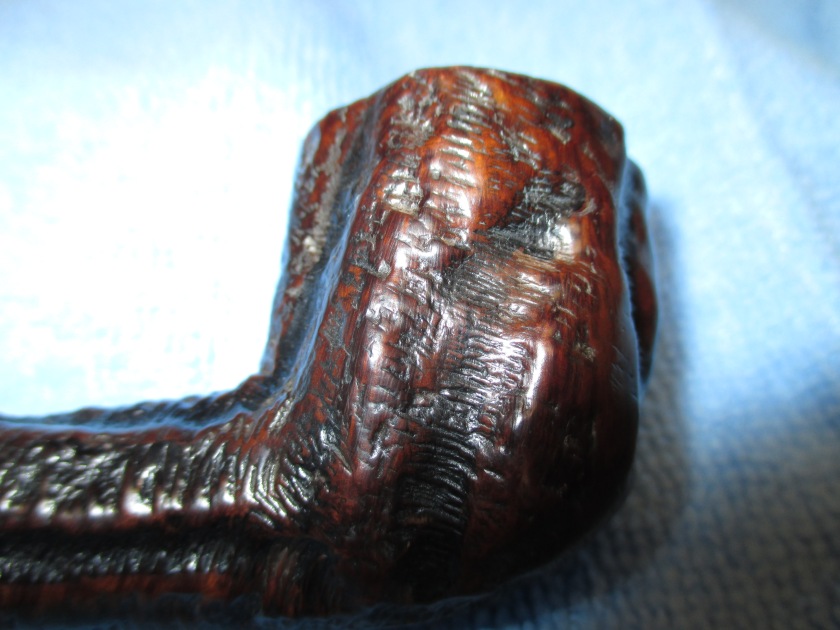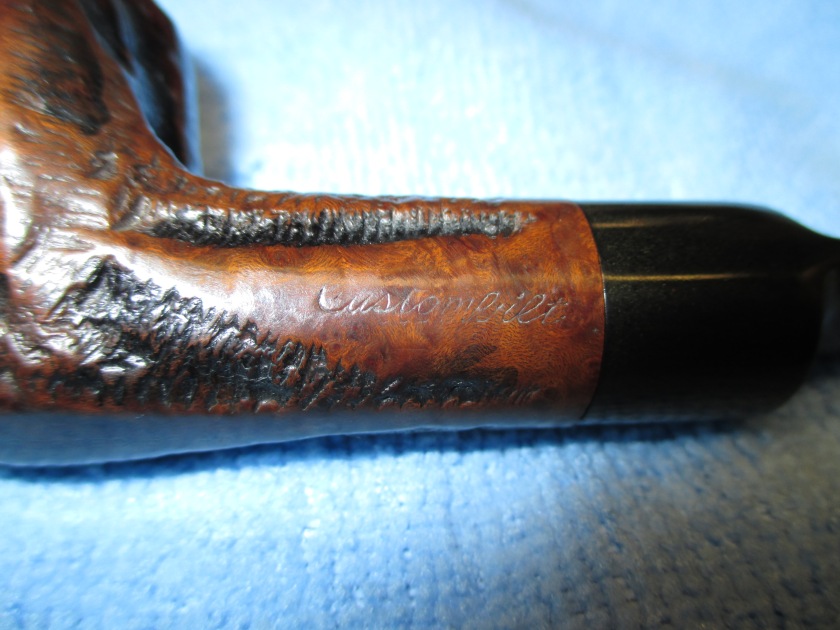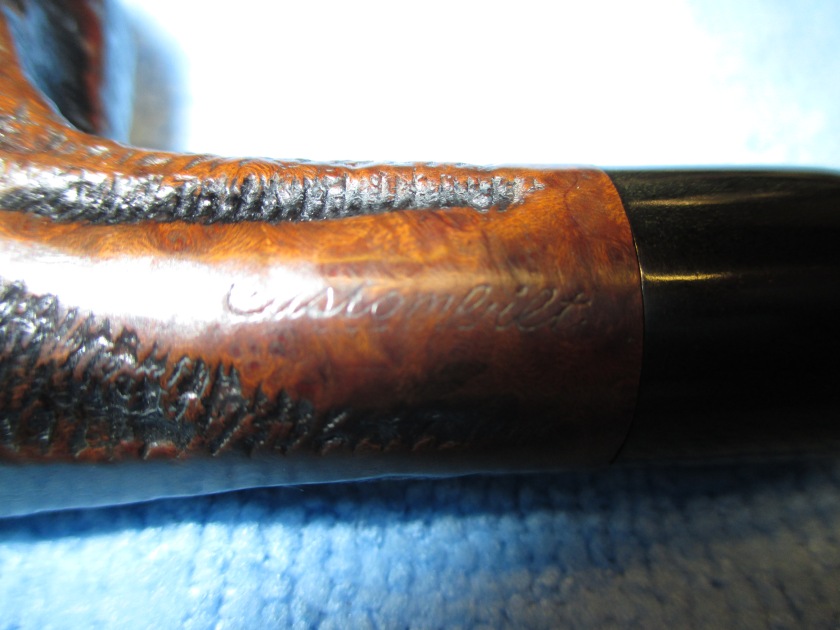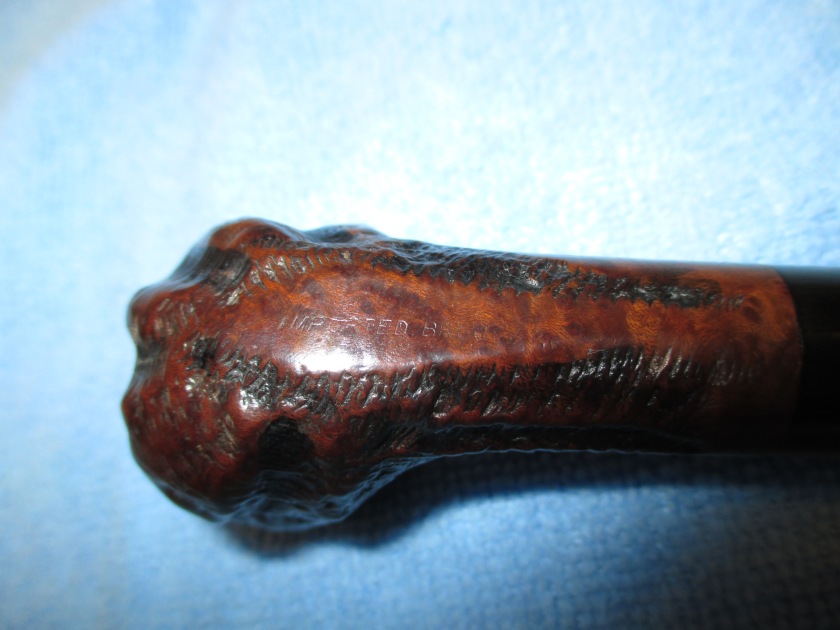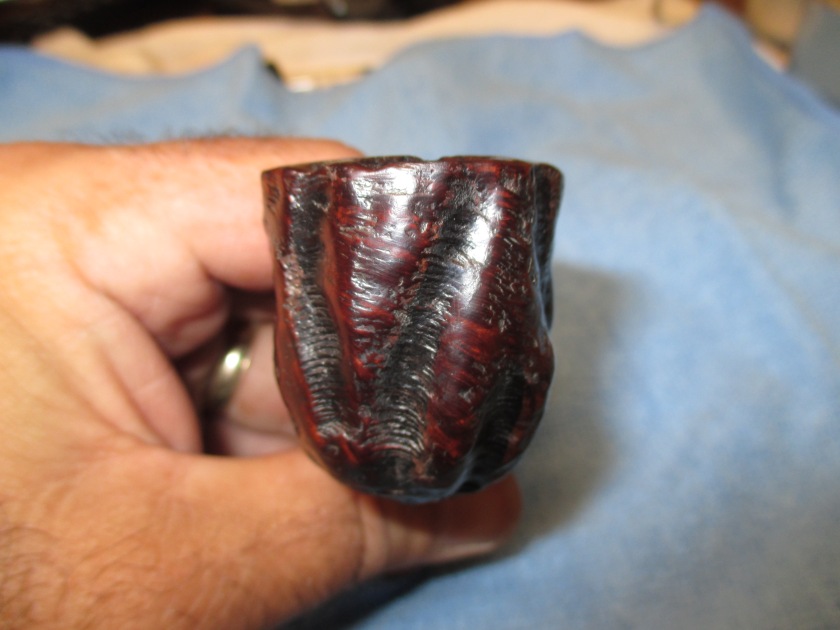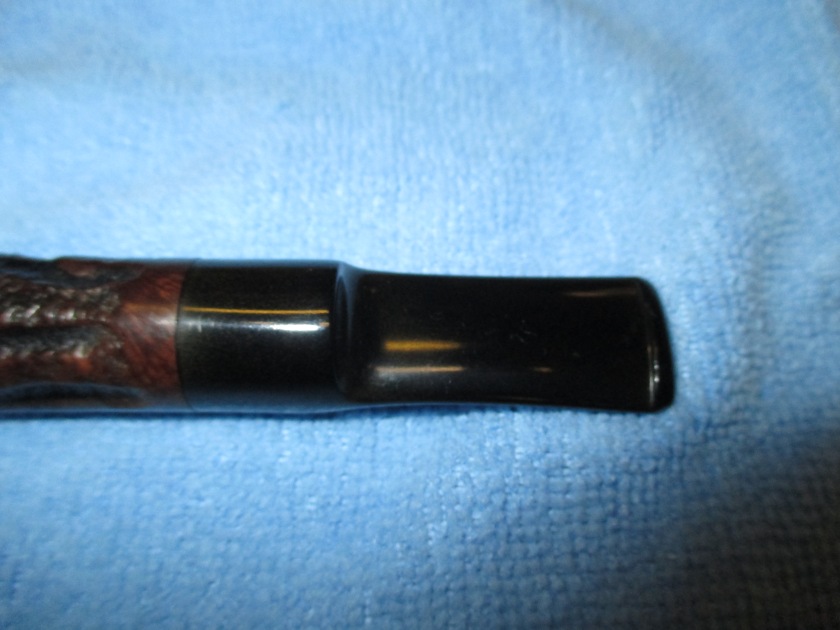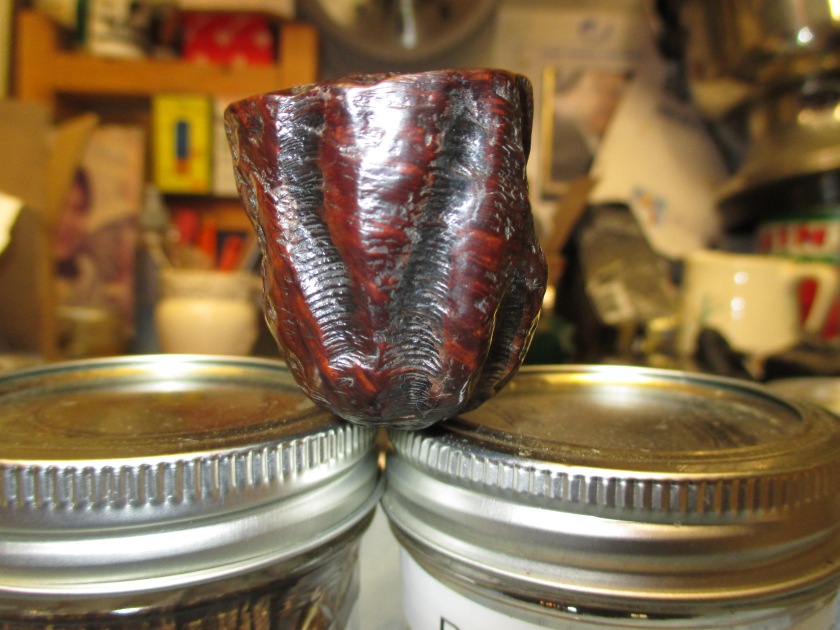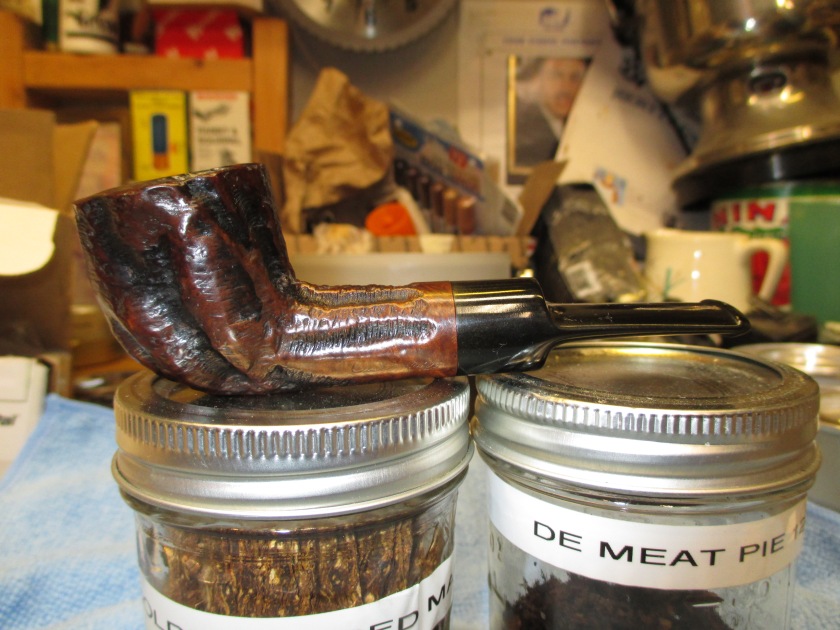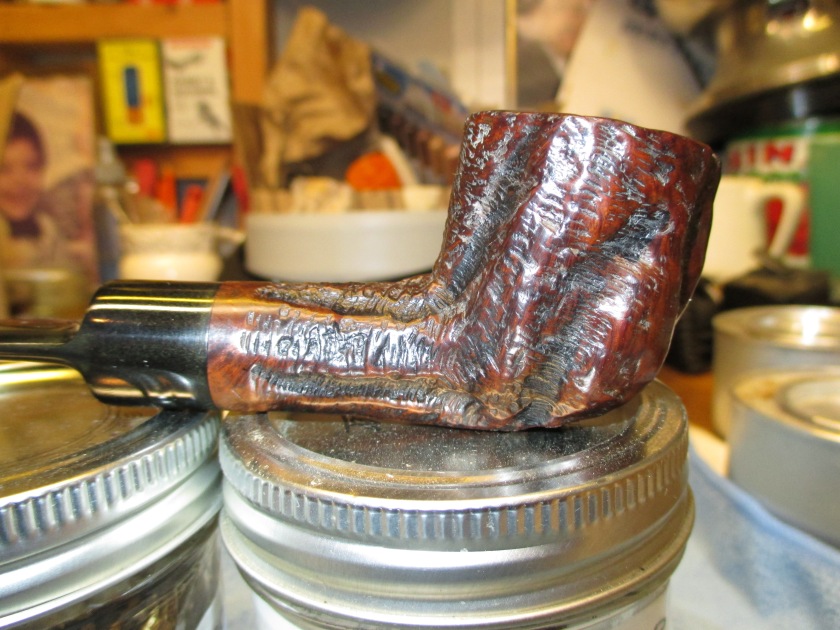A blog by Al Loria
Have you ever had a tobacco chamber burnout or a draft hole that got too large? I think this may be a product worth looking into. It’s a pipe mud made by Aristocob called Miracle Pipe Mud. Many of us have used the traditional cigar ash mud, or JB Weld, or even a briar plug in the bottom of a burnt out bowl. This mud could possibly be an easier and more permanent solution.
The mud comes in powder form in a ziplock bag. It’s a light gray color and is fine grained. It has real cigar ash in it and other proprietary ingredients. It doesn’t look like anything special, but, it is.
I had three estate pipes that needed serious tobacco chamber restoration. A pre-republic Peterson Shamrock, bent Bulldog, a Marxman Author and an Upshall Canadian with a Dublin bowl. The shamrock had gouges in the bottom of the chamber that led me to believe the previous owner used a chainsaw to clean out the bowl, and an 8d nail to clear out the draft hole. The draft hole, consequently, was a little too large and too high. The Marxman’s chamber bottom was nearly burnt through. The outside showed charring and a blister in the briar. It was either try the mud, or make a briar plug. Being lazy, I chose the mud. The Upshall had very charred and burned out chamber sidewalls, but the bottom was pristine.
The mud is easy enough to mix in its ziplock bag by adding a teaspoon of water, closing the bag and kneading it with your fingers. After it is all blended you clip a corner off the bag and squeeze out what you need. You first need to wet the inside of the bowl with water on your finger. I used my finger and a Czech tool to apply the mud to the chamber bottoms of the Shamrock and Marxman. For the Upshall, I smeared the mud with my fingers around the sidewall of the chamber and pressed it in firmly. I left the mud about 1mm proud to allow for sanding the next day.
The Marxman and Shamrock were ready to go the next day. The Upshall needed to be sanded, which I did with 400 grit, and it came out solid and smooth. Since the pipes were basically reamed back to briar and now had bare pipe mud, I decided to coat the bowls with a mixture of food grade activated charcoal and a sugar syrup that I made. I let that dry another day. I have smoked two bowls each in the Marxman and Shamrock and can say they smoke like new. There is no smell or taste from the pipe mud, and the stuff is hard as rock.
Some observations when working with the mud. One is that you only have a five to seven minute window working time before the freshly mixed mud begins to harden. It cures rather than only relying on drying. It cures rock hard after about twenty minutes to a half hour, even when it’s in the bag. The mud is very tenacious and will stick wherever and to whatever it is on. I found this out the hard way. Note to self; remember to wipe the mud before it hardens off of tools, pipe exterior surfaces and hands with a wet rag.
Overall, I think this product does what it is supposed to do, and it does it very well. If it holds up long term, I will have saved myself the trouble of making, fitting, sanding and finishing a briar plug on the Marxman. I’ll have a nice clean chamber bottom in the Shamrock and an Upshall that I won’t be afraid to smoke. For 1$ US, this stuff seems like a bargain, especially if it works as well as I believe it will.
I have no affiliation with Aristocob whatsoever, but wanted to review their product in the hope others may find this a solution to their own restoration issues.
You can see the product and a video on its proper use on their site link below.
http://aristocob.com/ARISTOCOB-PIPE-MUD-Miracle-Mud-P3248829.aspx
Anyone who has tried Miracle Mud please leave a comment on your experience with it.
I’d like to thank Steve for asking me to write this review, and for being a mentor to me in pipe restoration. Also, special thanks to Charles, Troy and all the others who have been sharing their knowledge and experience with the pipe smoking community. You all are the inspiration for me starting this blog…maybe one day I’ll figure out how to do it properly.
Thanks again, guys.
